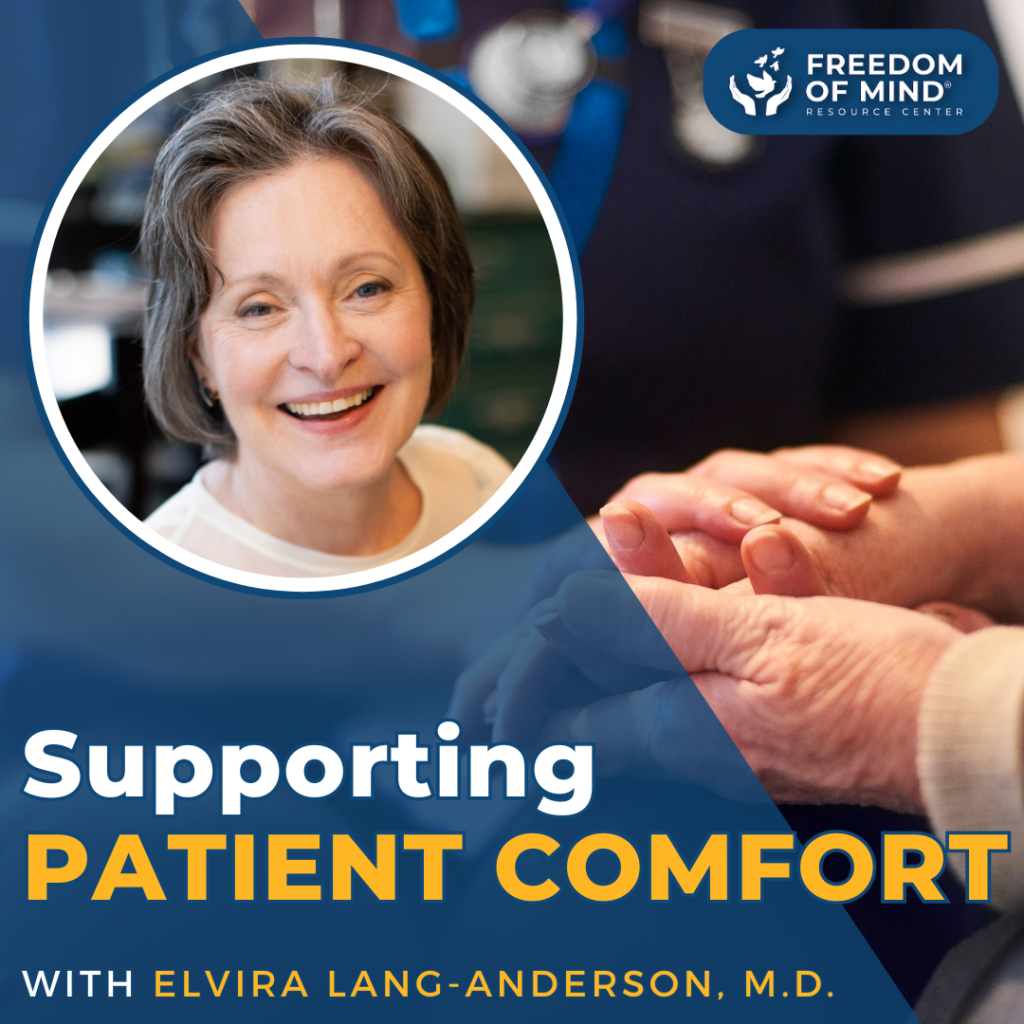
In my work, I spend a lot of time talking about how authoritarian cults use undue influence and mind control. But just as it is important to work to understand the unethical tactics that these cults use to influence others, it is important to learn about how one can use influence ethically and positively for the benefit of others.
On the most recent episode of my podcast, The Influence Continuum, I speak with Laurence Sugarman, M.D. I met Laurence in 2012 in Bremen, Germany at an International Society of Hypnosis conference and we quickly became friends and fans of each other’s work.
Sugarman is a Research Professor and Director of the Center for Applied Psychophysiology and Self-regulation at Rochester Institute of Technology (RIT). Sugarman has more than two decades of experience working in primary care as a pediatrician. He has achieved international recognition for his teaching and writing in the field of hypnosis and biofeedback with children, and he has refined hypnosis and clinical biofeedback strategies to effectively increase resilience and coping skills for young people with chronic health problems. He has written important textbooks, chapters, and journal articles. We list a few in our reference list below.
An overview of hypnosis
Hypnosis is a methodology for communication that involves altering a person’s experience in such a way as they will become more receptive to suggestions. Cults and other authoritarian groups use mind control tactics, including hypnosis, to deceive and recruit members. For example, Hubbard, the founder of the Church of Scientology, studied hypnosis and used it as a basis for Scientology processing. Cult leaders often use hypnotic methods to indoctrinate people with certain beliefs and implant phobias that make it difficult for people to leave the cult.
However, hypnosis is not inherently unethical. In fact, in many cases, it can be used to make a positive impact on people’s “embodied minds.” Hypnosis, when used by experienced, credentialed professionals, uses a powerful set of tools that can help people tremendously. It can bolster emotional well-being, help people develop concentration, and allow them to adopt better health behaviors. Sugarman, for example, often uses hypnosis with a conversational approach to connect with the beneficial resources a person has that can allow them to change. With people on the autism spectrum, this means being a good listener and finding out what gives that person a sense of comfort and competence—for example, narrow-gauge rail trains.
The goal of hypnosis used ethically is to empower people to discover their abilities that allow them to function more optimally. To understand how hypnosis works, it is important to understand that we live in embodied minds. That means that our bodies can be understood as the repository of our non-conscious minds. Our minds – including thoughts, feelings, and experiences – have great effects on our immune, endocrine, and other embodied control systems. They are all part of the whole. And our minds and bodies are constantly changing and evolving based on our experiences. With the right skills, a person can learn to self-regulate and become more comfortable in their own bodies.
Differentiating between ethical and unethical hypnosis
The study of ethics is the foundation of the practice of clinical medicine. Clinicians have the power to influence others, and it is important to ensure that they use their power to influence people towards improved well-being.
My Influence Continuum model explains that influence is not a binary, all or nothing thing, but rather there is a wide spectrum from healthy to unhealthy influences. Unhealthy influence instills dependency and obedience in people. For example, cult leaders often use hypnosis to implant phobias and convince people that terrible things will happen to them if they ever decide to leave the cult. This form of hypnosis is unethical and can even be used to indoctrinate people to harm themselves and others.
Ethical influence, on the other hand, promotes a person’s ability to be independent, fulfilled, and authentic. Hypnosis can be a form of healthy influence if it is employed by experienced clinicians as part of their care and with the aim of empowering those in their care. Hypnosis is best integrated into a plan of health care, not as a stand-alone therapy. Beware stage hypnotists or people who claim to be hypnotists who have no clinical training!
Sugarman discusses the ethics of hypnosis using the four ethical canons of the World Health Organization. He explains that the principles—non-maleficence, beneficence, respect for autonomy, and respect for justice–apply to hypnosis just as they apply to the practice of medicine and mental health care providers in general.
The four ethical canons that apply to hypnosis
- Non-maleficence: Non-maleficence means that clinicians should do no harm. In order to prevent harm, clinicians need to ensure they are well informed, and that their minds are not elsewhere when working with patients.
- Beneficence: Beneficence means that clinicians should do good. Similar to non-maleficence, beneficence requires that clinicians give their full attention to the people who they are trying to help.
- Respect for autonomy: In order to respect a person’s autonomy, the person in the clinician’s care needs to know as much about their health condition as the clinician does. And the patient needs to be properly informed about what the clinician doesn’t know about the patient’s health condition. Individuals deserve to be completely educated on their own health to ensure that they can give informed consent to any form of therapy.
- Respect for justice: Respect for justice means that all people—regardless of race, location, age, or socioeconomic status—deserve the application of the other three ethical canons. This means that a medical or therapeutic technique can only be ethical if it is accessible to everybody. It is important to fight for affordable, high-quality care for everybody.
Conclusion
Sugarman’s research speaks to the success of hypnosis in reducing symptoms for many people. This teaches us that people have all the resources they need to improve their mental and physical health within themselves. Clinicians can use the methods of hypnosis to help people realize their own potential and empower themselves.
The power of hypnosis also teaches us the enormous influence that our mind has on the ways in which we experience the world. When we go about our lives, we should consider the fact that negative thoughts can manifest in negative physical reactions. And positive thought can have the opposite effect. It is also important to keep in mind that our words have the power to positively or negatively influence others, and we should all do our best to be a positive influence on the people around us.




